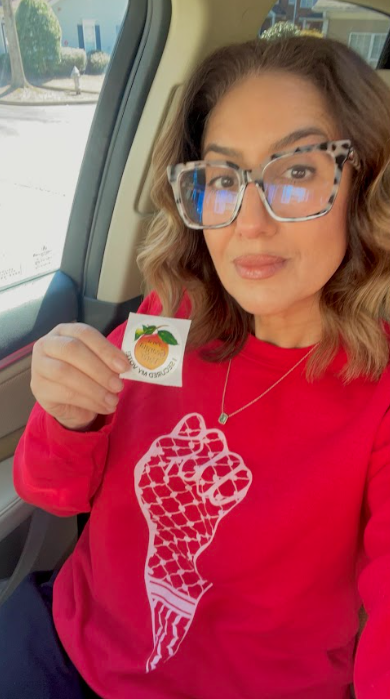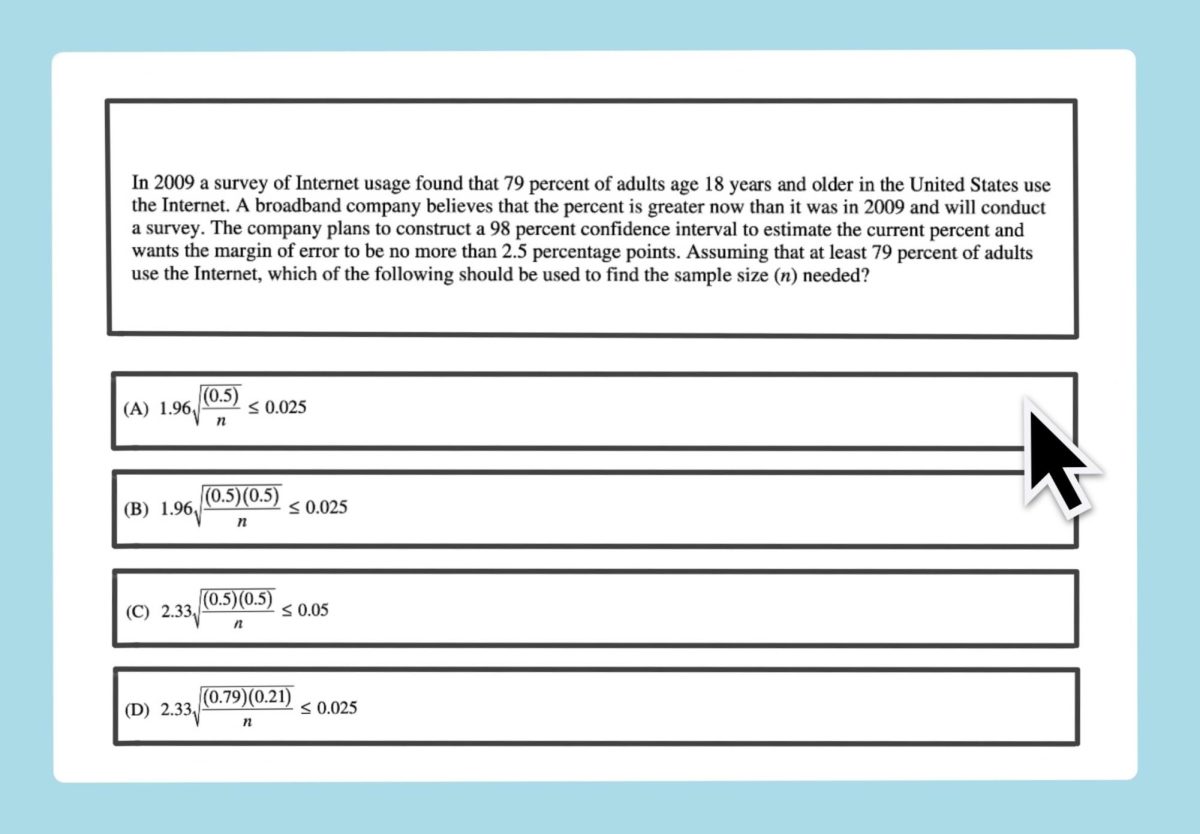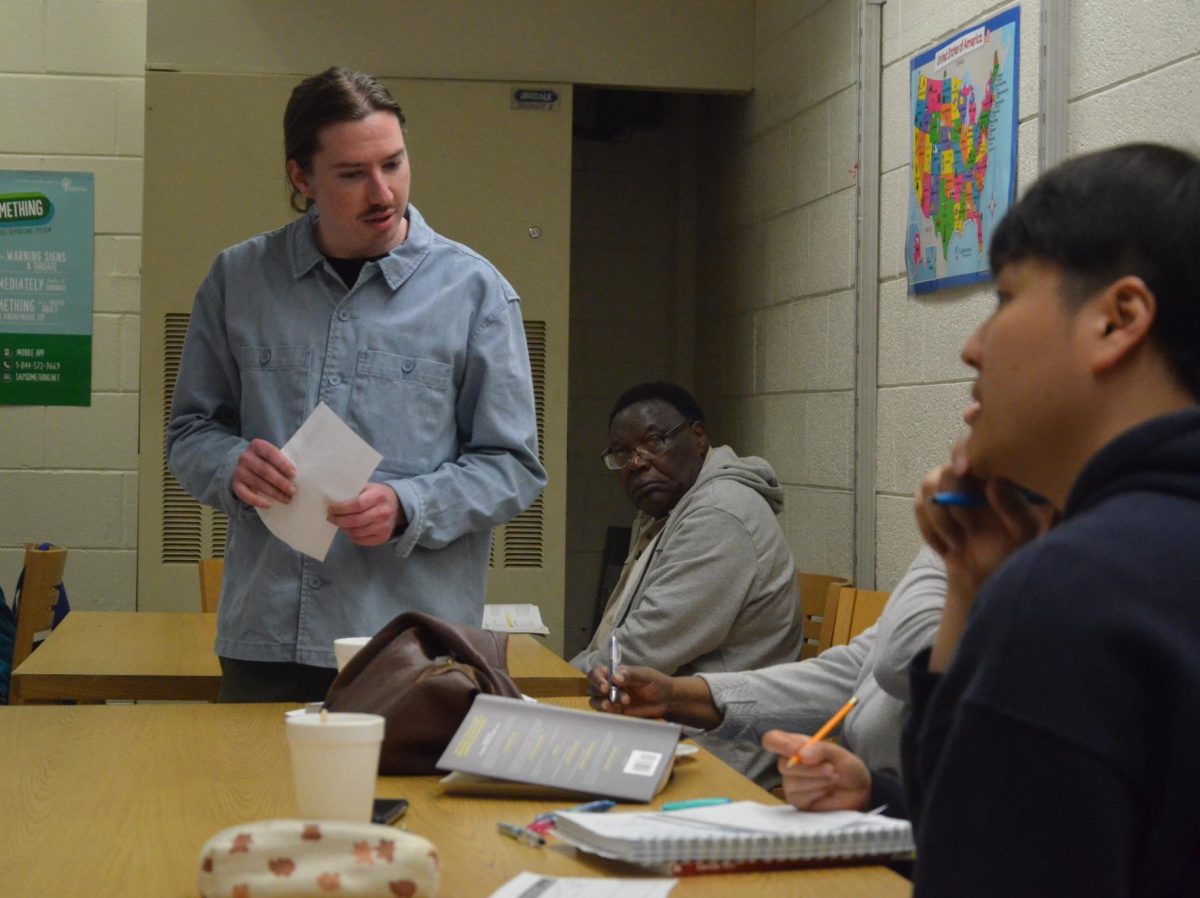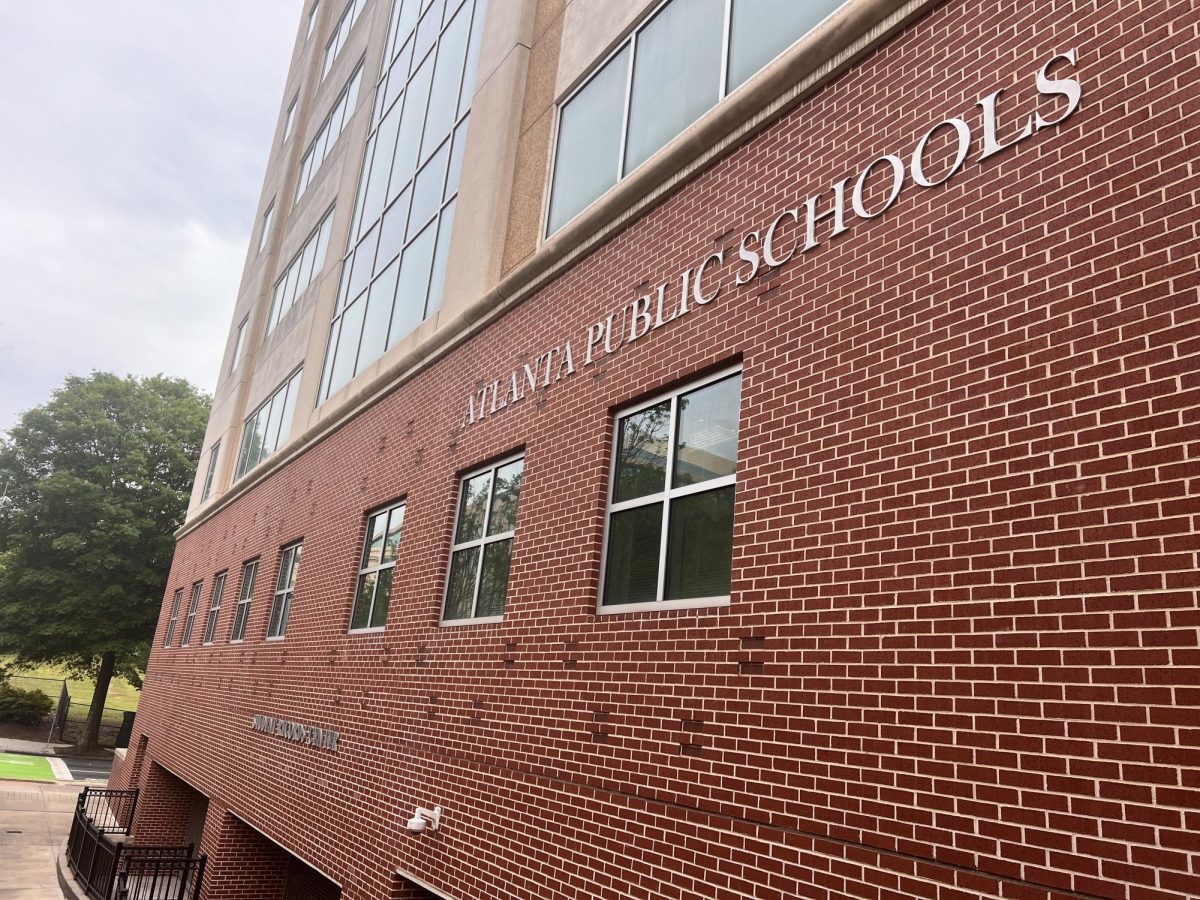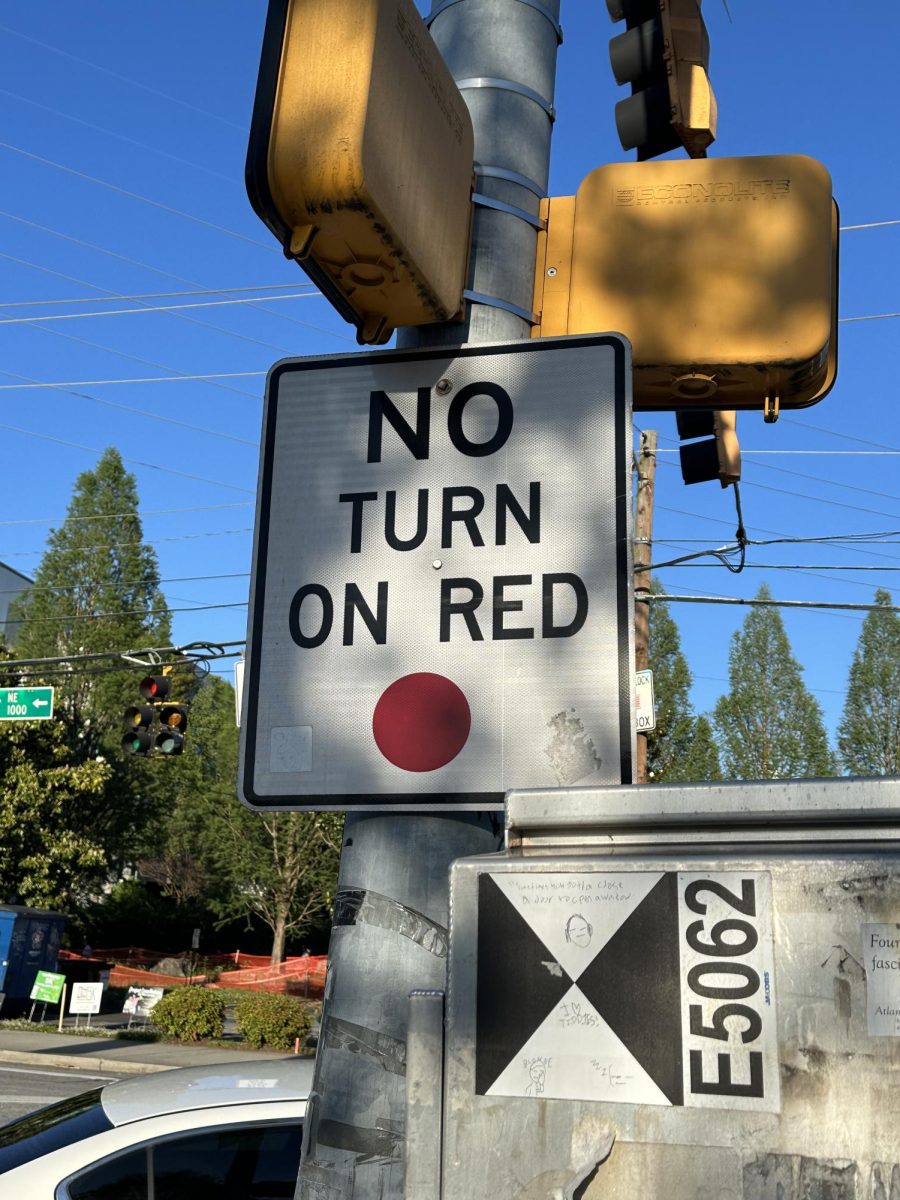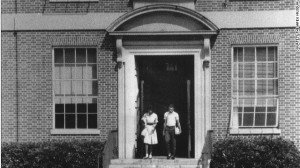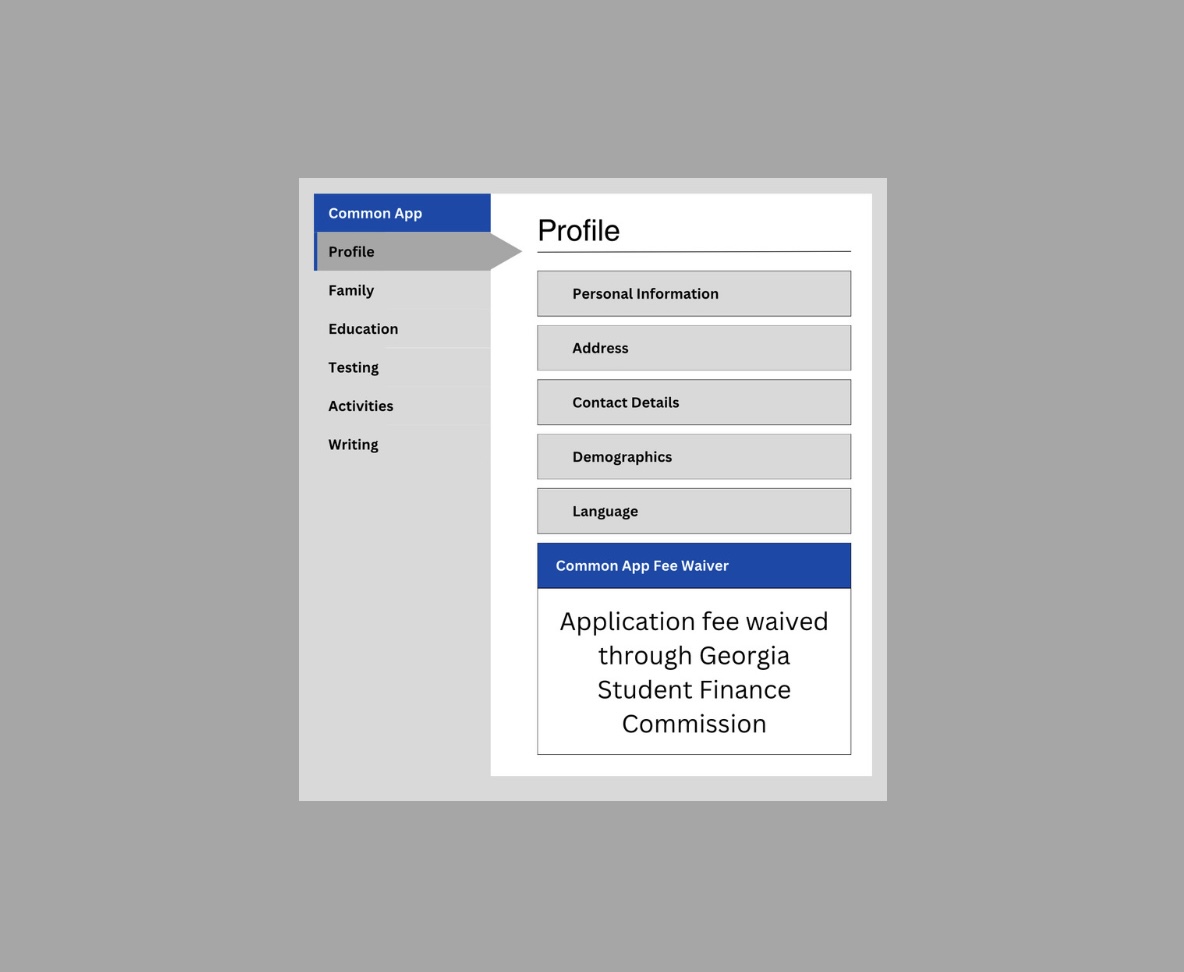Grady’s graduating class last year displayed a diverse set of students. However, 50 years ago, this would not have been the case. The graduating class of 1965 was the first integrated graduating class in the history of Grady and one of the first in the state. While Grady integrated over 50 years ago, the school is still largely divided along racial lines.
In 1961, two black students, Lawrence Jefferson and Mary James McMullen-Francis enrolled in Grady, desegregating the school and paving the way for future black students at Grady.
Lynn Morris remembers being a freshman at Grady the day the two students arrived.
“I have the vivid memory of standing outside of Grady High School when the national guard got out of their cars with the students to come into our school,” Morris said. “It was a very welcoming event, and we had absolutely no problems, and we were very proud of our school to have made it the day it was.”
Unlike other instances of public school integration around the country, there were no city-wide protests as a result of public school integration. Morris recalled the day was calm and uneventful. However, she also noted that it was clear that several families didn’t agree with the integration because soon after, some of her classmates transferred out.

As Grady’s diversity increased over the next four decades, the administration created policies to racially balance certain aspects of the school. Class of 1988 alumnus Desiree Robinson noted that even though she attended Grady more than 20 years after its integration, there were still rules requiring an even racial makeup of leadership roles. At that time, the 750-student school was about 70 percent African American.
“There seemed to be an over sensitivity to making sure that all races, predominantly whites and African Americans, were treated fairly,” Robinson said. “So if you had a drill team, you were going to have a white drill team captain and a black drill team captain.”
But Robinson also noted that this system could have the effect of decreasing the sense of success from being elected president by creating a scenario in which a person could become co-president just because they were white or black. Robinson felt that a more effective method required that the administration involve the students.
“In reality, administrative effort without student effort breeds resentment,” Robinson said. “If they work together; [if the policy] was part of a broader effort, a more concerted effort, I think it would be more meaningful for the student participants.”
Despite the school’s best efforts, there was still a divide. If a student were to walk down the halls of Grady today the racial divides between students would be apparent.
Robinson noticed widespread self-segregation and thought it became more prevalent as students got older.
“If you go to any culturally-diverse preschool, you will not see that [self-segregation]. The divide happens at a certain age,” Robinson said. “As you get older, [you’ll see] a greater divide.“
Grady literature teacher Lisa Willoughby also noticed the division in students but partly attributed it to other con- founding variables.
“Some of the wealthiest neighborhoods in the city and some of the poorest neighborhoods in the city feed [into Grady],” Willoughby said. “And that double divide is the problem. It’s not just race. In fact, I would argue that class is a much bigger divider in the school than race ever was.”
Willoughby said the communications magnet that Gra- dy hosted starting in the early 1980s helped to alleviate some of the disparity in socioeconomic status between
LEADERS: Grady’s first African American students Mary James McMullen-Francis (left) and Lawrence Jefferson stand in front of the school in 1961
the different racial groups zoned for Grady. “The magnet had a very beneficial effect on the relations
between the races. It took away one of the factors that created division,” Willoughby said. “What happened when we lost the magnet [in 2010] was we lost the black middle class. The black middle class was a thread that connected the different groups in the school.”
Another structural change that resulted in more deeply-in- grained self segregation at Grady was the restructuring of the feeder elementary schools. When Willoughby first started teaching at Grady in 1983 as a student teacher, the students had been together for many years. Everyone who went to Grady attended Hope Hill (formerly C.W. Hill) for first through third grade. Then all of the students tran- sitioned to Morningside for fourth through sixth grade. The feeder system changed after parents complained to the district, Willoughby said.
“[APS was] responding to the demands of the neighborhoods,” Willoughby said. “The Morningside people didn’t want their [kids] traveling across Ponce de Leon to C.W. Hill., and the C.W. Hill people were concerned that their [children] had to go all the way up to Morningside.”
As a result, students from the predominantly-black Hope Hill and the predominantly-white Morningside had time to form friend groups and get comfortable with their peers before finally attending the same school when students from both elementary schools arrived at Inman.
“I don’t think that [race relations] ever got back to where [they were] when those kids all knew each other from elementary school,” Willoughby said.
Despite the systemic changes and several variables that fuel self-segregation, Robinson thinks that change is possible, although it will take time and hard work.
“We need a transformation of the heart and the mind in our society right now to be able to see the needs of others, and that’s the bottom line with this whole racial issue,” Robinson said.

